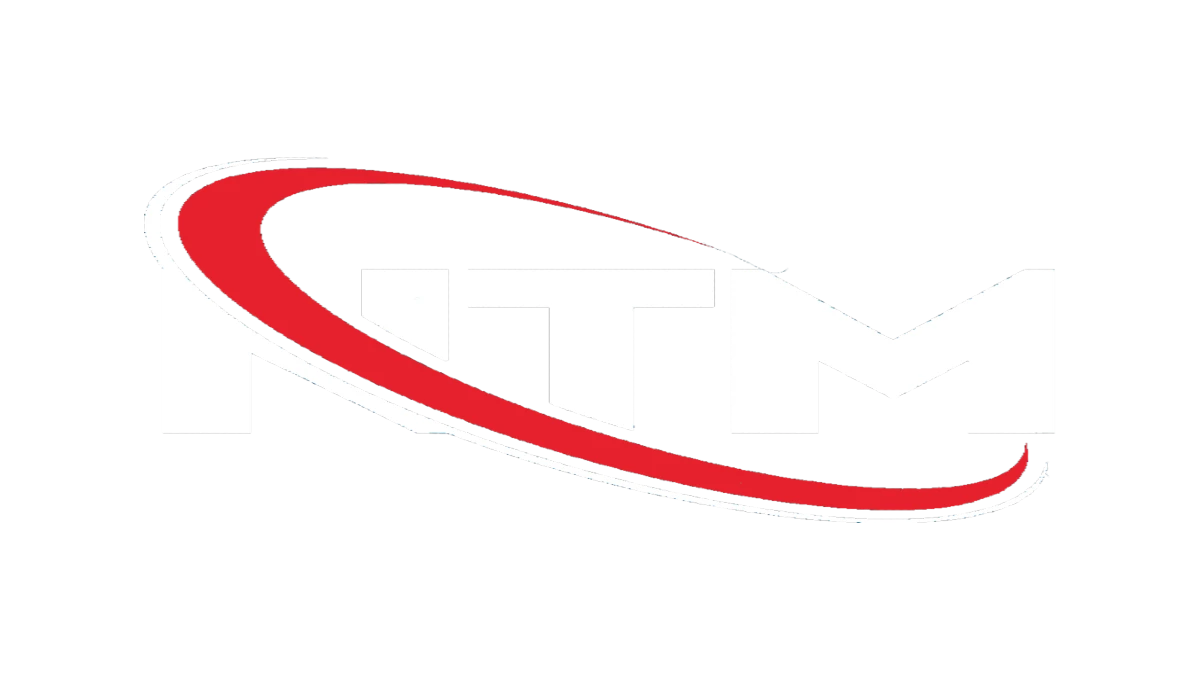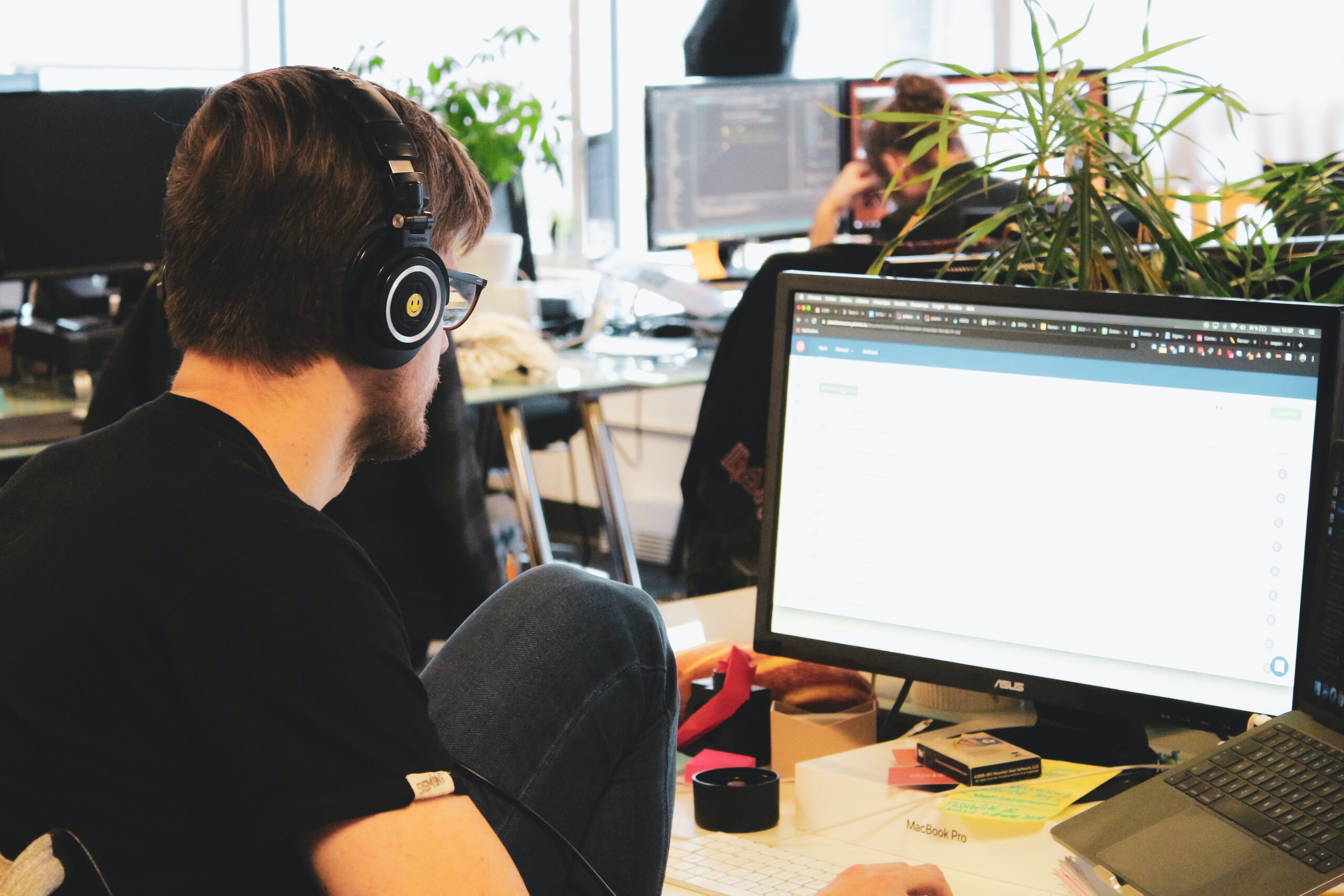Russia has recently announced an ambitious plan to build multiple top 10 supercomputers by the year 2030. This move demonstrates Russia’s commitment to becoming a global leader in the field of high-performance computing.
Supercomputers are incredibly powerful machines that can perform complex calculations and simulations at an unprecedented speed. They are crucial for a wide range of applications, including scientific research, weather forecasting, and national security.
Currently, the top 10 supercomputers in the world are dominated by countries like the United States, China, and Japan. However, Russia aims to change that by investing heavily in research and development.
One of the key goals of Russia’s plan is to foster collaboration between academia, industry, and government agencies. By bringing together the best minds and resources, Russia hopes to accelerate the development of cutting-edge supercomputing technologies.
Another important aspect of the plan is the establishment of world-class research centers and institutes dedicated to high-performance computing. These centers will serve as hubs for innovation and collaboration, attracting top talent from around the world.
Russia also plans to invest in the development of its own supercomputing hardware and software. This will not only reduce the country’s reliance on foreign technology but also stimulate the growth of its domestic tech industry.
Furthermore, Russia aims to create a supportive ecosystem for supercomputing by providing funding and incentives for research and development projects. This will encourage scientists, engineers, and entrepreneurs to push the boundaries of what is possible in the field of high-performance computing.
By building multiple top 10 supercomputers, Russia aims to enhance its scientific capabilities and drive innovation across various sectors. The country recognizes that supercomputing is a strategic asset that can provide a competitive advantage in areas such as healthcare, energy, and defense.
Moreover, Russia’s plan aligns with the global trend of increasing investment in high-performance computing. Many countries are realizing the importance of supercomputers in driving economic growth and technological advancements.
However, Russia’s ambitious goal is not without its challenges. Building and maintaining top 10 supercomputers require substantial financial resources, advanced infrastructure, and a skilled workforce. It will require a coordinated effort from all stakeholders to overcome these obstacles.
Nevertheless, Russia’s determination to become a leader in supercomputing is commendable. The country has a rich history of scientific achievements and has the potential to make significant contributions to the field.
As we approach the year 2030, it will be interesting to see how Russia’s plan unfolds. If successful, it could propel the country to the forefront of high-performance computing and pave the way for groundbreaking discoveries and innovations.

